AO Edited
Cementerio Santa Ifigenia
A tomb in this cemetery holds soil from every country in Latin America.
The cemetery that holds Cuba’s soul.
Inside the Santa Ifigenia Cemetery in Santiago de Cuba resides a tomb that holds a handful of soil from every country in Latin America. It is the tomb of Jose Marti, a Cuban patriot and central figure in Cuba’s War of Independence from Spain. The soil is there to symbolize Marti’s influence in the hemisphere.
As in much of Latin America, and indeed the world, cemeteries in Cuba are a grand affair. Many cemeteries display museum-worthy funerary statuary and elaborate mausoleums that line broad avenues crisscrossing manicured landscapes. These cemeteries hold the physical remains of the deceased, yes, but some also hold the country’s historical legacy, its very soul. The Cementerio Santa Ifigenia in Cuba’s far eastern city of Santiago de Cuba is one such place.
When wandering among the cemetery’s blindingly white mausoleums visitors will see many examples of ornate funerary architecture. Sorrowful winged angels draped across tombs and portraits, or images of the deceased carved into stone, decorate the polished granite. Many tombs are embellished with massive granite crosses, polished brass, and wrought iron fencing.
Founded in 1868, Cementerio Santa Ifigenia had to be moved shortly thereafter to accommodate the city’s growth. There, it continued to grow and covers around 32 acres and is now the second-largest cemetery in Cuba after the Cementerio Colon in Havana.
Much of Cuba’s recent history is displayed across the cemetery’s wide avenues. Cuba’s notable men and women, its national heroes, rest here. That cultural legacy, along with the cemetery’s magnificence, is what gives Santa Ifigenia its value. In fact, Cuban cultural legacy within Santa Ifigenia is considered so precious that the necropolis was designated a National Monument in 1979.
The most culturally significant and frequently visited grave is that of Jose Marti, Cuba’s national hero. His tomb is number 134 and is located in the cemetery’s southern section. Marti advocated for Cuba’s independence from Spain and died fighting for it. He was a journalist, professor, essayist, translator, and poet who lived throughout the world including New York City where he worked as a journalist for The Sun and other prominent newspapers for almost 20 years. Marti’s writings influenced important freedom movements throughout the Americas.
Marti is known for his poems as much as his political writings. Every Cuban school child can recite at least parts of Marti’s poems. One of his most well-known poems requests that he not be buried in darkness but facing the sun, and that his tomb contains a Cuban flag and a bouquet of flowers.
Marti could not have suspected when he wrote those words how they would be interpreted literally over a century later.
Marti’s tomb is a large, imposing tower. The design and positioning of Marti’s hexagonally shaped tomb allow his casket to always receive a ray of sunlight at any time of day, as long as the sun is out, sunlight shines on the coffin which is draped in a Cuban flag. Nearby, a bouquet of fresh flowers is always present. Massive pillars, each representing one of the six original Cuban provinces, support the tomb. The overall effect is stately, graceful, and dripping with symbolism.
As befits such a culturally significant monument, a military escort guards the tomb 24 hours a day performing a changing of the guard every half hour. Crowds gather to watch the changing of the guard performed with military exactitude. The soldiers goose-step from the cemetery’s entrance to the tomb and execute the change. It is a beautiful ceremony to behold.
Of course, Marti is just one of the Cuban notables buried in Santa Efigenia. The remains of Mariana Grajales also rest there. She was the mother of Antonio Maceo, a hero of the Cuban War of Independence who fought along with his brothers to free Cuba from Spain’s dominance. When Grajales was informed that her two sons had died fighting Spain, she replied that she still had more sons to give for the revolution.
Notables from Cuba’s more recent past also rest at Santa Efigenia. These include Cuba’s first presidents, Carlos Manuel de Cespedes, and Tomas Estrada Palma. Also resting in the cemetery are Santiago natives, Emilio Bacardí-Moreau whose Bacardi Rum is consumed all over the world, and Compay Segundo, known for his musical group Buena Vista Social Club.
A more controversial figure, dictator Fidel Castro, is also buried in Santa Ifigenia.
Santiago is frequently overlooked by visitors to the island because it is so far from Havana and the western attractions. But if you want to take a peek into Cuba’s soul and learn more about its historical legacy, Santa Ifigenia is the place to do it.
Know Before You Go
Don't miss the changing of the guard at Jose Marti's tomb every half hour.

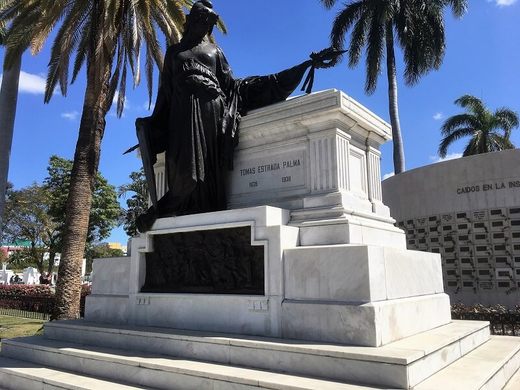





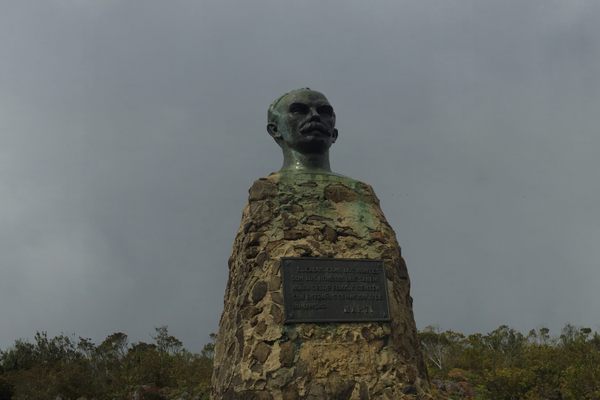



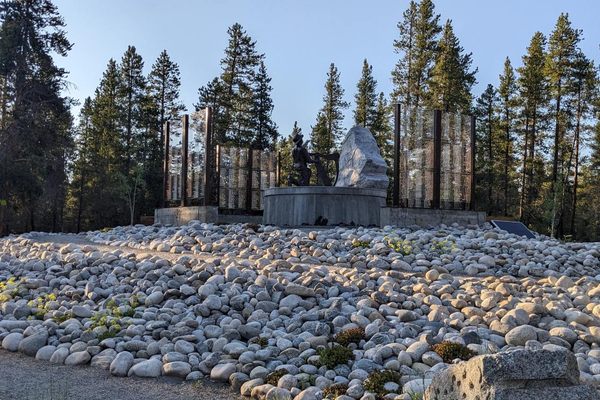
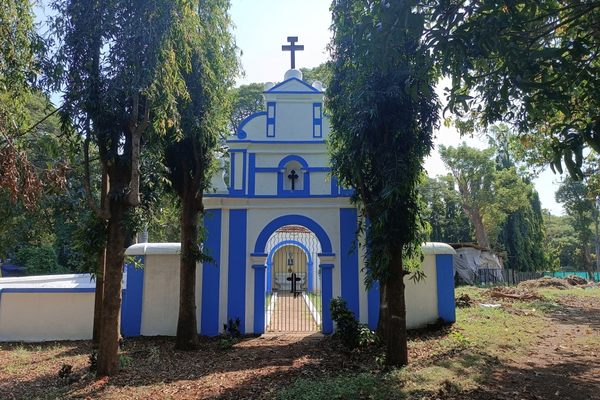
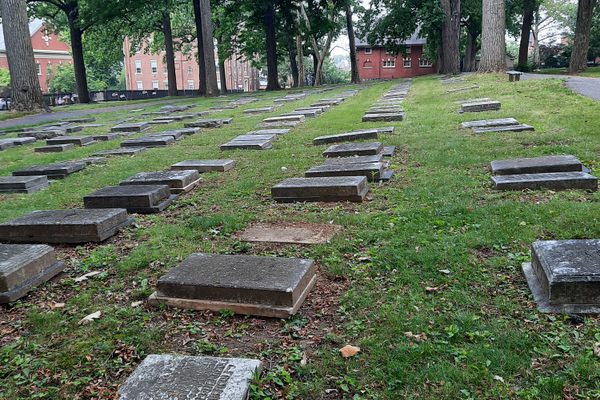

Follow us on Twitter to get the latest on the world's hidden wonders.
Like us on Facebook to get the latest on the world's hidden wonders.
Follow us on Twitter Like us on Facebook